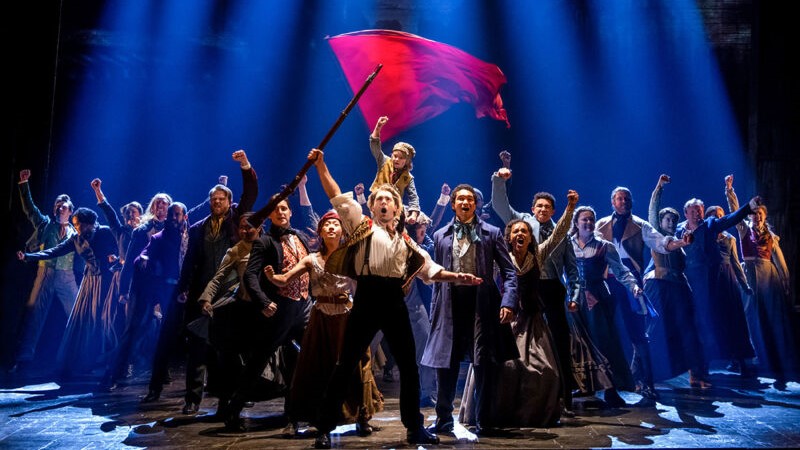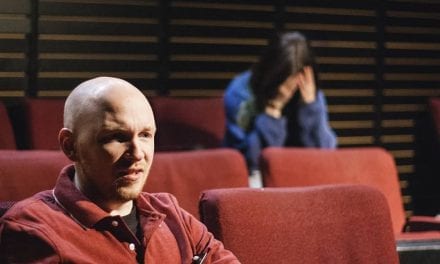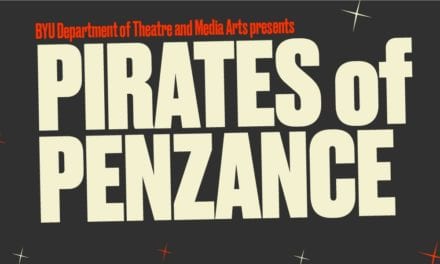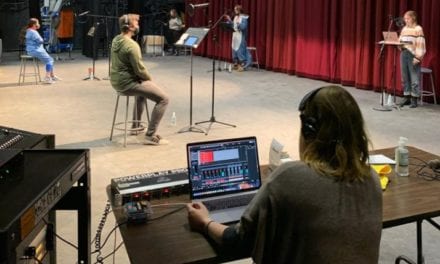SALT LAKE CITY — On Tuesday, I had the opportunity to review the Broadway Across America touring production of Les Misérables, directed by Laurence Connor and James Powell, and currently at the Eccles Theatre. Les Misérables is a powerful musical based on the novel by Victor Hugo, with music by Claude-Michel Schönberg and lyrics by Herbert Kretzmer. Set in early 19th century France, it follows the story of Jean Valjean and his redemption from turning from a life of crime following a harsh imprisonment. Along his way to striving to be a better man, Valjean aids a dying woman and raises her illegitimate daughter, all while being pursued by his former jailer.
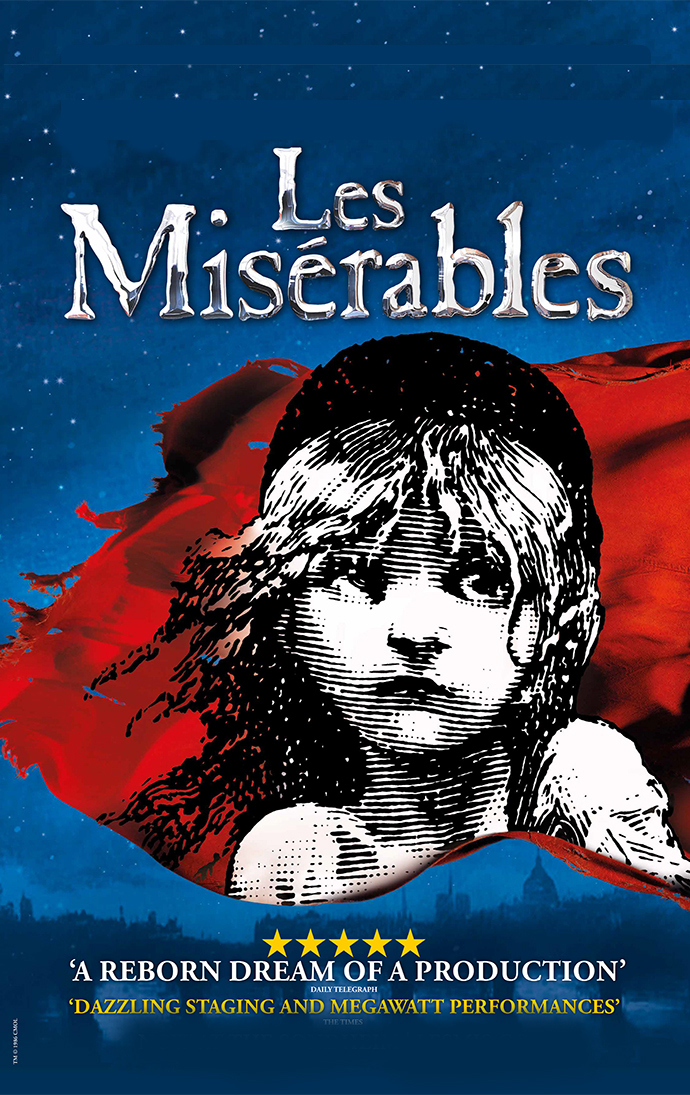
Show plays in Salt Lake City through July 2, 2023.
In the role of Jean Valjean, Nick Cartell was everything I hoped for. His transition from an angry downtrodden convict to a caring employer to a loving adoptive father was a beautiful journey to witness. In the beginning, the way he lashed out at others reminded me of a wild animal that has been hurt; yet glimpses of Valjean’s true heart peeked through, as he attempted to help a child who had fallen down. Cartell’s transformation is so complete that when the character appears eight years later, I did not recognize him. The test of any actor playing Jean Valjean is “Bring Him Home.” Cartell had beautiful clear high notes, though the pitch on his final sustained note slightly wavered until his vibrato rescued it.
Eponine (played by Christine Heesun Hwang) had incredible strength vocally and as a character. During “On My Own,” she smiled and laughed for talking to herself and loving a man who did not reciprocate her feelings. This Eponine did not cry about her situation, but seemed to bear up and gain fierceness and resolved strength as the song progressed. That strength held during “A Little Fall of Rain.” I loved how she was not fawning all over Marius (played by Gregory Lee Rodriguez), but was so determined to help him with a smile — even when she had clearly been friend zoned. It was interesting to see the transition from a pampered well dressed little girl, to a fierce woman who clearly had to fight for affection.
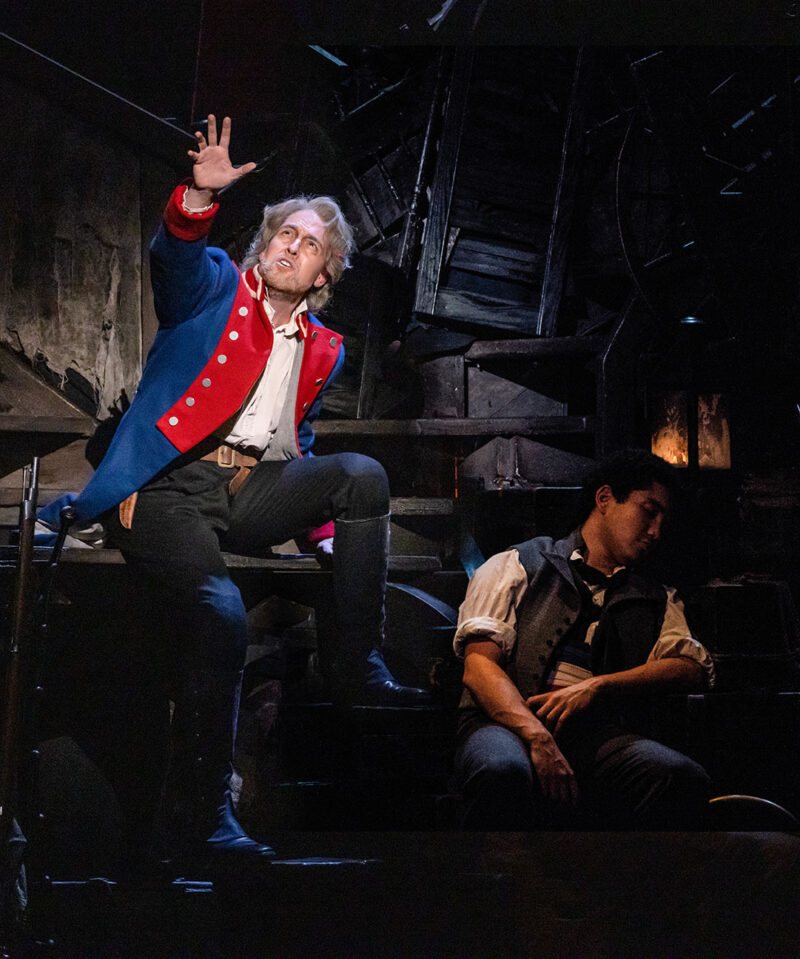
An interesting tidbit I learned after attending the production is that Eponine and Gavroche (played by Henry Kirk) are actually siblings. Although not much in the musical reveals this detail, it did make Gavroche’s reaction to Eponine being shot at the barricade more poignant and not just a reaction to witnessing violence. This detail also make the Thénardiers even more awful people.
Thénardier was played by Ciaran Bowling. Other productions make Thénardier a complete sleaze, with no desirable aspects. But with Bowling’s portrayal during “Master of the House” at least made me see why those carousers around him might have sought his bawdy company (while keeping him as one of the worst human beings portrayed on stage). Bowling had great comedic timing that made even the horrible Thénardier more inviting. Madame Thénardier (played by Christina Rose Hall) was equally despicable during “Master of the House,” even grinding up a blind man’s pet bird. Hall shows that her character can be both cruel to young Cosette (Cora Jane Messer) while also demonstrating some level of affection for her own young daughter, Eponine (played by Vivian Atencio). Even though I enjoyed her performance, I did feel the her character development stalled out after Valjean pays to take Cosette.
In a cast full of stellar singers, the voice that really stood out to me was Devin Archer as Enjolras. His performance in “Red and Black” gave me goosebumps. Yet, as much as I loved the soloists, the best part of the music was the ensemble and the orchestra. Although in the prologue the orchestra overpowered the vocalists, it soon leveled out nicely. I love the emotion that comes from a solid live orchestra, and conductor Brian Eads certainly was able draw that emotion out of the pit and flood the entire theatre. The ensemble voices melded and blended together in a way that made them feel like more voices than were actually there, yet each part was distinct. And “One Day More” had me wanting to join in and march with their cause.
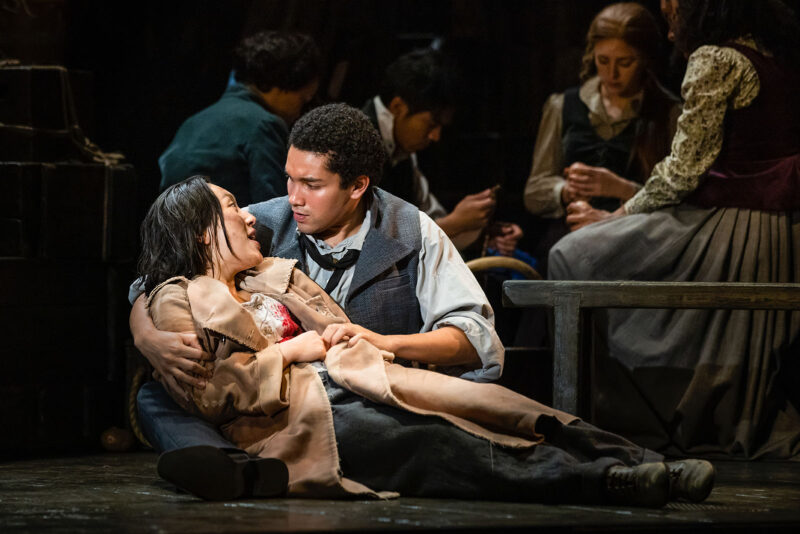
A moment that broke the reality of the scene for me was during “Empty Chairs and Empty Tables.” The majority of this scene takes place on stage empty of props, except for memorial candles flickering in glasses. This was a directorial choice meant to break away from the predictable staging on Marius in the empty room where he and his friends had met and planned their rebellion early. However, this decision weakened some of the emotion early in the song. Later in the song, those who died at the barricade reentered the stage and that the candle glasses became drinking vessels that they all lifted together, which was a nice choice. But there is strength in visiting a place that was once a happy stronghold and finding it filled with silent ghosts of memory. The staging with the candles left me wondering just where Marius was actually visiting.
One aspect of the the lighting by Paule Constable that was really powerful for me was the use of bright spots that shone vertically from characters as they died. A majority of the time the lighting was darker and the use of bright light showed the spirit of dying individual as it left the body, but it also seemed to really show that character in their true strength just before they died. The visual movement was upward, except for Javert whose death was visually a downward movement that became more dark (Also one of my favorite technical moment of the entire production but I don’t want to spoil it by sharing too many details here).
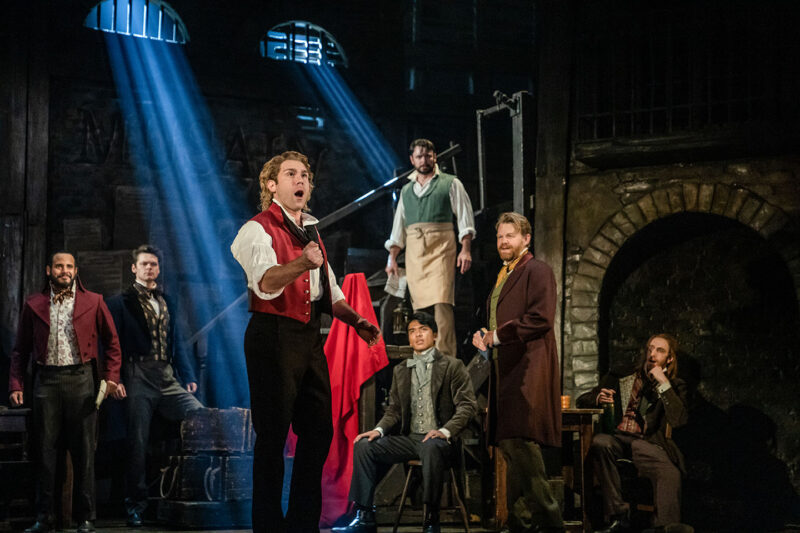
The musical’s rushed storytelling also created a problem that the directors did not overcome: In the first act, Javert (played by Preston Truman Boyd) recognizes Valjean from his immense strength as he aids a man trapped under a heavy cart. It would have been nice to have more instances of Valjean’s strength in the opening scene, as it was the distinguishing quality that revealed him to Javert. Until that moment I had forgotten that Valjean was supposed to be so strong.
I always have mixed emotions on digital projections serving as backgrounds. Projections can effectively do things that static sets cannot, such as creating the illusion of forward movement by showing the image recede while people march forward during “One Day More,” or switching to multiple views of the sewers as Valjean carried Marius to safety. The projections are more cost effective and versatile (both important for a touring production), but I miss the artistry of painted backdrops. That being said, I did love that the set and image design by Matt Kinley was inspired by the paintings of Victor Hugo.
The national tour of Les Misérables was an incredible experience. Taking in the music, performances, and visuals all at once is like drinking from a fire hose: I just could not absorb it all at once. I would love to attend it again. Anyone who gets to see it before it leaves the Eccles Theatre is incredibly lucky.

These reviews are made possible by a grant from the Salt Lake County Zoo, Arts, and Parks program.

